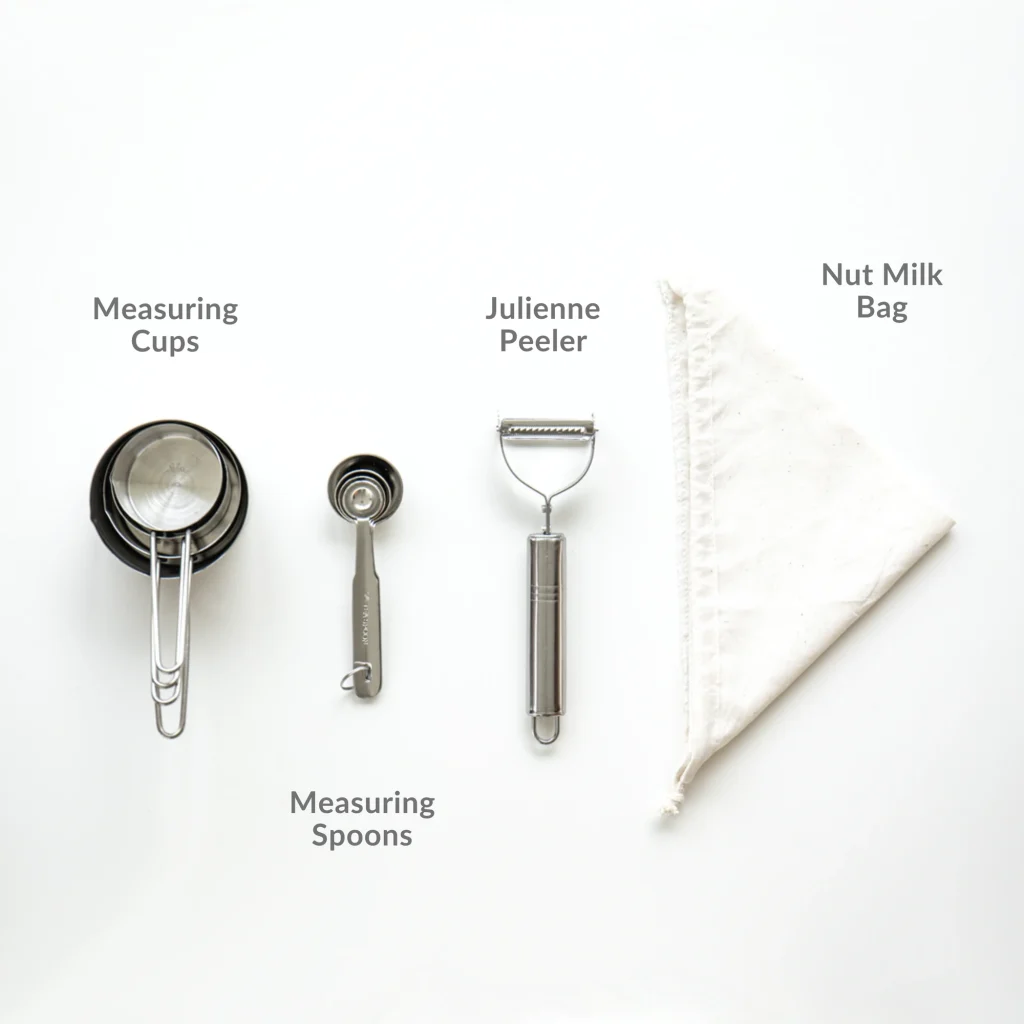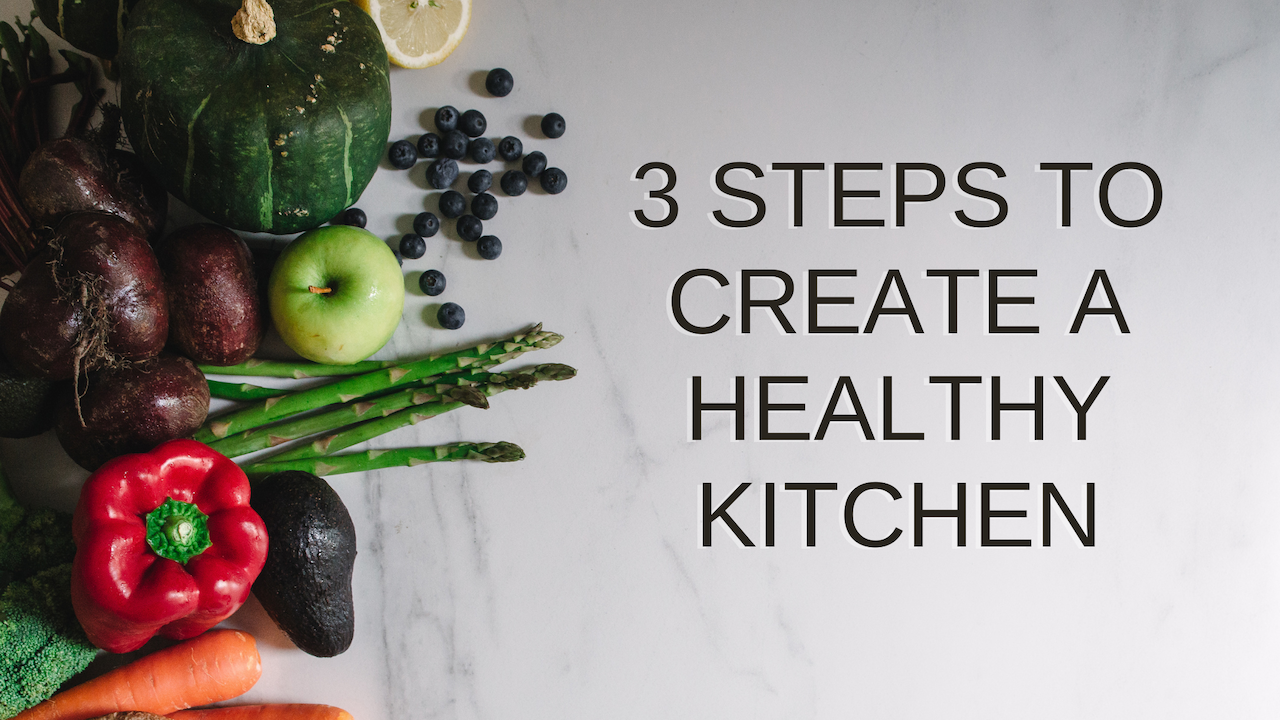Did you know we can tell you a lot about the health of you and your family just by looking at your kitchen? No, we don’t even need to read a single blood report. Why? Because your lab reports will only reflect what you’ve been putting into your body. And your kitchen can tell us everything we need to know about what’s going into your body. You want to start a health revolution? Then start by creating a healthy kitchen.
If your fridge is a mess, your cupboards are full of processed foods, and you’re struggling to sort out healthy meals daily, then following the Satvic lifestyle will feel like a Mount Everest climb.
But if you can optimize your kitchen, it’ll be a walk in the park for you. That’s why we want to share a step-by-step guide to create your own healthy kitchen at home.
1. Clean Up and Organize Your Kitchen Space
When you visit the supermarket, it’s hard enough to avoid straying from your shopping list and picking up random unhealthy foods. Now imagine how much willpower it will take to stay away from them when they’re sitting in your kitchen inviting you to give into your cravings? A supermarket is a profit-making space run by an industry, but your kitchen is a health-making space run by you for you. So anything that creates conflict with your health goals has got to go right away.

You need to give your kitchen a deep cleaning if you want to detox your body and live healthy. So we made you a dumping list. It’s the opposite of a shopping list. It’s a list of items lying in your kitchen that are sabotaging your health. Here’s what you need to get rid of before you set up your healthy kitchen:
- All canned, boxed, bottled and tinned processed foods.
- All animal-based foods like meat, fish, eggs, and dairy.
- All stimulants like tea, coffee, alcohol, tobacco.
- Any leftover food cooked more than 3 hours ago.
- Heavy spices like garam masala and pungent foods like onion and garlic.
Now we know it’s not easy to get rid of them when you’re the only one in the family who wants to change your lifestyle. You’re not going to have a pleasant dinner conversation if you tell your brother that his favourite chocolate chip cookies are lying in the dustbin.
So what’s the next best thing that you can do? Just try to keep such foods hidden from you so you don’t have to mentally struggle to say NO. You can keep them at the back of your kitchen cupboards or fridge.

And if you want to eat healthier, simply do the opposite of this. Make your healthy foods as visible and attractive as possible for you. You can keep a big beautiful bowl full of fruits in the centre of your kitchen. Do you love fresh juices? Keep the veggies and fruits needed for your favourite juices in the middle compartment of your fridge so they are easily accessible.
2. Know the Healthy Kitchen Ingredients You’ll Need

What’s the biggest reason behind a messy kitchen? It’s going to the supermarket without having a plan. No wonder we end up buying a ton of unnecessary items. We’ve already told you about what you need to avoid in the first point. Let’s dive into the ingredients you’ll need to make your kitchen more Satvic.
We recommend that you buy fruits, vegetables and fresh herbs as and when you make the recipes, but buy all the dry ingredients in advance, in one grocery trip. You will be able to find most ingredients at your common grocery store, or online, on Amazon.
FRUITS – Always buy seasonal & regional fruits. No frozen fruits.
| Lemon | Melons | Papaya |
| Coconut | Apple | Pear |
| Orange | Mango | Banana |
| Pomegranate | Peach | Berries |
| Grapes | Sapota (Chikoo) | Pineapple |
VEGETABLES – Avoid precut, prepackaged vegetables that have been sitting in plastic bags and containers for who knows how long.
| Ash Gourd | Bottle Gourd | Ridge Gourd |
| Spinach | Lettuce | Rocket Leaves |
| Cucumber | Celery | Parsley |
| Zucchini | Tomatoes | Bell Peppers |
| Beetroot | Carrots | Pumpkin |
| Cabbage | Peas | Broccoli |
| Green Beans | Cauliflower | Potatoes |
HERBS – Growing your own herbs is an easy and economical way to create a healthy kitchen. If you have more than you can use, just dry them and store in jars for future use.
| Coriander | Curry Leaves | Rosemary |
| Mint | Thyme | Lemongrass |
| Bay Leaf | Oregano | Basil |
DRY INGREDIENTS – Buy them in advance from your local store or Amazon.
| Almonds | Peanuts | Chia Seeds |
| Walnuts | Pumpkin Seeds | Flax Seeds |
| Cashews | Sunflower Seeds | Sesame Seeds |
| Pistachios | Poppy Seeds |
Nuts and seeds – Buy what you’ll use within a month and store them in the refrigerator during the summer months. Always soak your nuts and seeds in water before using them.
Seeds for sprouting – We recommend eating sprouts of vegetable seeds, instead of lentils, because vegetable sprouts are easier to digest. Seeds for sprouting are same as those used to grow the vegetable. You can find them online.
We recommend Alfalfa, Clover, Fenugreek, and Radish sprouts.
Grains and legumes
| Whole Wheat Flour | Brown Rice |
| Quinoa | Moong Daal |
| Millets |
Spices and condiments
| Rock salt (sendha namak) | Green chillies | Fresh ginger |
| Cinnamon | Cacao nibs | Galangal |
| Green cardamom buds | Cacao powder | Vanilla powder |
| Fennel seeds | Saffron strands | |
| Cumin | Black pepper |
Dry herbs – You can easily find them at grocery stores.
| Dried Basil | Dried Rosemary |
| Dried Oregano | Dried Thyme |
Sweeteners – Remove all processed sugars from your kitchen & replace with natural ones.
Dates, raisins, and chemical Free Jaggery
3. Get the Right Tools For Your Healthy Kitchen
Simplicity is the heart of Satvic cuisine. But did you know 90% of people who never take up cooking blame the tedious prep work for their lack of enthusiasm? Even if they enjoy cooking the recipes, they won’t do it because of the prep work.
We believe a blend of ancient simplicity and modern convenience is what makes a healthy kitchen sustainable. So we’ve identified a few essential tools that have helped our community to effortlessly prepare Satvic recipes.
1. Blender – A good quality blender can be the star of your kitchen tools. You may need it to make soups, dressings, curries, smoothies, nut milks, and many other recipes. Although any simple household blender will do, we recommend buying a trusted high-speed blender that can last for a long time.
2. Juicer – Fresh juices are a big part of a Satvic diet. So we recommend buying a good slow-pressed juicer if possible. This juicer doesn’t generate much heat and leaves the nutrients in your juice intact unlike centrifugal juicers. But if it’s not available, you can just use a blender and then sieve the juice using a muslin cloth.

3. Clay Pot – Clay pots are porous in nature and allow moisture and heat to circulate through your food. This allows maximum nutrients to be retained in your food. Ensure that your pot is handmade and unglazed. If clay pots are not available, use stainless steel vessels (without nickel plating). Stay away from aluminium or non-stick cookware coated with harmful chemicals.
Is clayware difficult to clean? Absolutely not. Just ensure you avoid using soap or detergents while cleaning them. All you need is a jute scrubber and some water to clean them.
4. Clay Tawa – A chapati cooked on a clay tawa is much more digestible than that cooked on a metal tawa, as it retains the nutrients. They may have a tendency to crack, but they can still be used for a long time after that.
5. Measuring Cups and Spoons – Any delicious recipe is just the outcome of measuring your ingredients properly. Do you wonder why you don’t get the perfect taste when you try out recipes from our Satvic Food Book? That’s because you may be using the wrong cups and spoons to measure the ingredients. You must use measuring cups and spoons that look like this to nail the perfect taste.
6. Julienne Peeler – This is a type of vegetable peeler with a jagged edge that creates thin strips of vegetables. It makes salad-making fast and easy. You can get some amazing textures in your recipes when you use it on zucchinis, carrots or cucumbers.
7. Nut Milk Bag or Muslin Cloth – A nut milk bag is basically a specially shaped fabric bag that you strain your blended almond or coconut milk through, to remove any pulp that remains. A nut milk bag will help you achieve a smoother consistency of your nut milks. If you don’t have a nut milk bag, a muslin cloth will work just fine.

You can also get many of these ingredients in our Satvic kitchen kit at a special price. We would love to hear any tips and tricks that helped you optimize your kitchen. Tell us in the comments below.




